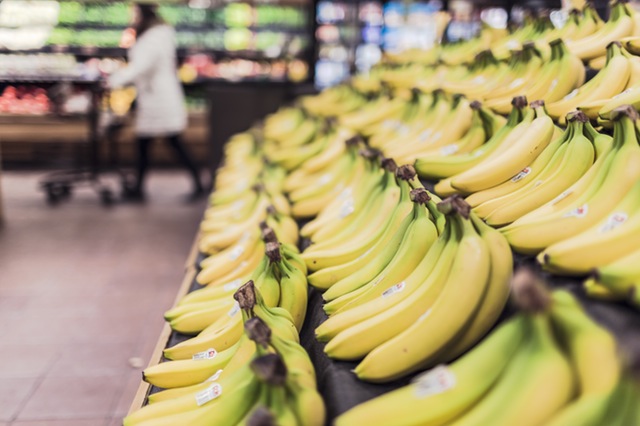Online shopping has become commonplace — and now the influence of the internet is stretching into grocery stores. Research group Nielsen shared four trends that will influence the grocery retail sector in Australia this year, with online shopping playing a big role as consumers become even more connected into the New Year. So what do grocery retailers need to watch out for this year? These four trends will help grocery retailers adapt to changing consumer perspectives in 2017.
Omni-channel is growing for grocery retailers.
Nielsen research suggests that today’s Australians are more connected then ever — and right along with it, attitude towards online purchases is evolving. As most consumers now have pocketable access to the web, grocery retailers are beginning to transition from brick-and-motar to omni-channel, or stores that are both online and off. The complexities of purchasing groceries and perishables online have delayed the transition past other retail markets, but 2017 should see a big shift towards omni-channel grocery, the research suggests. Already, up to six out of every ten Australians use both online and physical grocery stores — thought some only use that online portal to check weekly sales or read reviews.
Most consumers aren’t loyal to a single chain.
Besides the logistics of ordering items like fresh produce online, the shift to omni-channel is difficult for the grocery sector because most consumers aren’t loyal to a single chain. Now, 64 percent of Australians visit more than one of the four major grocery chains — and that’s every week, a Nielsen home scan suggests. Consumers have several choices when it comes to shopping local for groceries, and those choices could expand with online options. Grocery chains that are able to meet the challenge of driving consumer loyalty will be at a significant advantage, the research suggests.
Australians’ views on food and supermarkets are mixed.
If the challenge of omni-channel and consumer loyalty isn’t enough, most Australians have mixed opinions between retailers and farmers. Nielsen research shows that while 91 percent want to support local farmers, at the same time, almost 75 percent still think they are overpaying for their groceries. Most consumers (64 percent) believe that the retailer benefits most from promotions while over half think price reductions disadvantage farmers. Fighting those mixed perceptions isn’t a simple task for retailers — but being aware of them could prove vital for growth.
Consumer campaigns are essential to driving new growth.
Dale Preston, the director of Insight at Coles, said consumer engagement strategies are essential to creating growth as the grocery retail market — and consumer perceptions — evolve. The growth of Omni-channel options makes personalized outreach both necessary and simpler, since computers can track individual consumer spending habits with something as simple as a rewards program sign-in or scannable loyalty card at the checkouts.
As 2017 begins, grocery retailers face a set of challenges to meeting the demands of a growing market both online and offline. But, armed with the latest research, grocery chains are better equipped to brainstorming new ways of meeting those challenges head-on and creating a strong brand, both online and offline.
